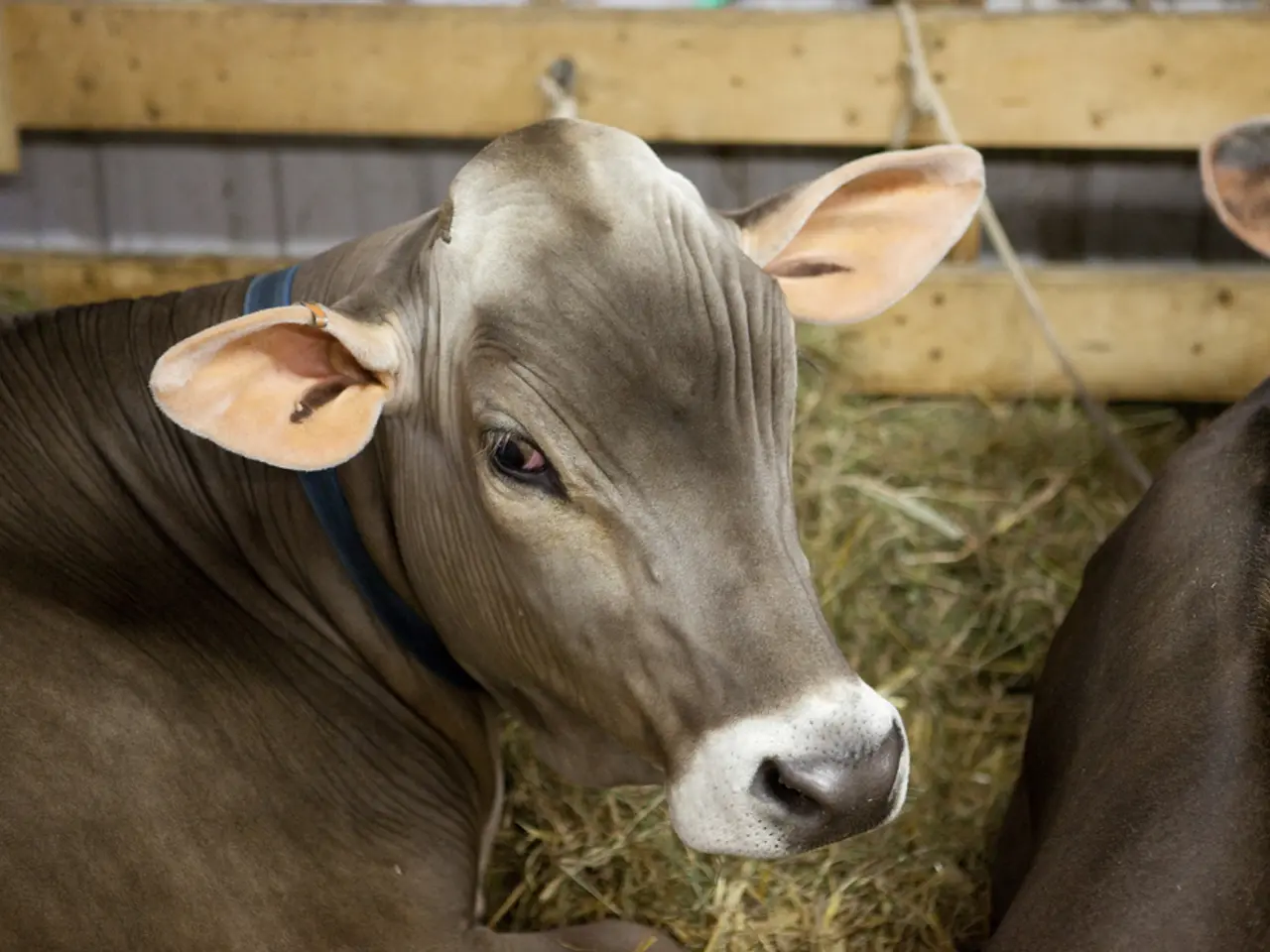Weidemilch Label Misleads Consumers on Animal Welfare
Consumers may be misled by the term 'weidemilch' on milk packaging, as it doesn't guarantee certain animal welfare standards. While cows producing it must spend time on pasture, the specifics vary among providers.
Weidemilch is not a legally protected term, so cow keeping and feeding practices differ among producers. Typically, cows must spend around 120 days a year on pasture, with at least six hours each day. However, consumers may not be aware of the conditions during the remaining days.
To ensure better animal welfare, look for labels such as 'Pro Weideland' or 'Mehr Tierwohl'. These guarantee cows spend around 120 to 150 days annually on pasture, avoiding tethering. The 3, 4, and 5 logo on packaging also exclude tethering. However, the 3 logo alone doesn't guarantee cows aren't kept in stalls. Premium stage labels and bio-labels further ensure no tethering and no GM feed.
The Consumer Center NRW provides clarity on weidemilch at www.verbraucherzentrale.nrw/node/35574. To make informed decisions, consumers should look for specific labels that guarantee better animal welfare standards beyond the weidemilch requirement.
Read also:
- Eric Dane Diagnosed with ALS, Advocates for ACT for ALS
- Deepwater Horizon Oil Spill: BP Faces Record-Breaking Settlement - Dubbed 'Largest Environmental Fine Ever Imposed'
- Meta Unveils Ray-Ban AR Display Sunglasses; TikTok Agrees to $200 Million Deal
- Historic downtown temples to receive restoration funds totaling over 25 million pesos




